Content Menu
● Understanding the Basics of Electric Golf Carts
>> Batteries:
>> Motor:
>> Speed Controller:
>> Solenoid:
>> Wiring and Connectors:
● Common Causes of Jerking in Electric Golf Carts
>> Battery Issues
>> Faulty Speed Controller
>> Worn Motor Brushes
>> Loose or Corroded Connections
>> Tire and Suspension Issues
>> Solenoid Problems
>> Controller Malfunctions
>> Environmental Factors
● Diagnosing Jerking Issues
>> Inspect Battery Voltage:
>> Examine Connections:
>> Test Speed Controller:
>> Check Motor Brushes:
>> Evaluate Tires and Suspension:
● Solutions to Jerking Problems
>> Battery Maintenance
>> Speed Controller Replacement
>> Motor Brush Replacement
>> Repairing Connections
>> Tire Replacement
>> Solenoid Repair
>> Professional Help
● Conclusion
● Related Questions
>> 1. What should I do if my electric golf cart won't start?
>> 2. How often should I replace my golf cart batteries?
>> 3. Can I fix my own electric golf cart?
>> 4. What are signs of a failing speed controller?
>> 5. How do I maintain my electric golf cart?
Electric golf carts are a popular mode of transportation on golf courses, in gated communities, and for personal use. However, one common issue that many owners face is the jerking motion of the cart when accelerating or decelerating. This article will explore the various causes of jerking in electric golf carts, how to diagnose these issues, and potential solutions.
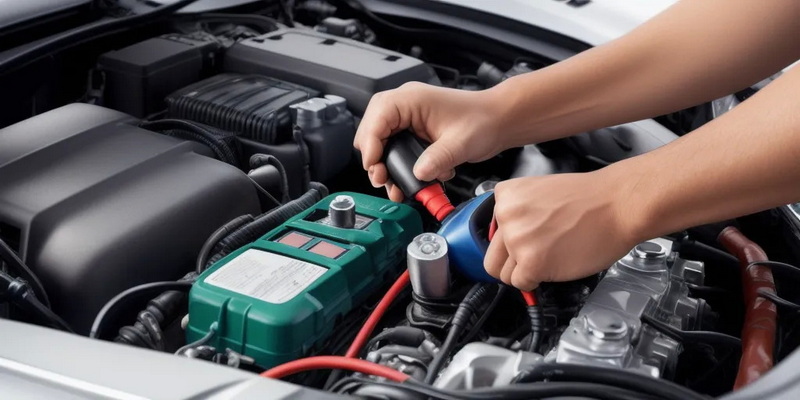
Understanding the Basics of Electric Golf Carts
Electric golf carts operate using a battery-powered electric motor, which provides a quieter and more environmentally friendly alternative to gas-powered carts. The key components involved in the operation of an electric golf cart include:
Batteries:
Provide power to the motor.
Motor:
Converts electrical energy into mechanical energy.
Speed Controller:
Regulates the power flow from the batteries to the motor.
Solenoid:
Acts as a switch to control the flow of electricity.
Wiring and Connectors:
Facilitate electrical connections throughout the cart.
Understanding how these components work together can help diagnose issues when your golf cart begins to jerk.
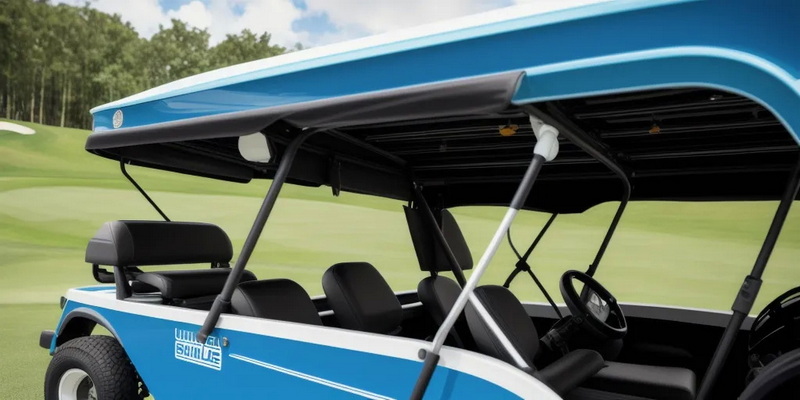
Common Causes of Jerking in Electric Golf Carts
Battery Issues
- One of the most common reasons for jerking is battery-related problems. If the batteries are old, poorly charged, or have corroded connections, they may not supply sufficient power to the motor. This can lead to inconsistent acceleration and jerking motions.
Faulty Speed Controller
- The speed controller regulates the amount of power sent from the batteries to the motor. If it is malfunctioning or damaged, it may cause irregular power delivery, resulting in jerking when accelerating or decelerating.
Worn Motor Brushes
- Motor brushes are essential for transferring electrical current to the motor. If they are worn out or damaged, they can cause intermittent power delivery, leading to jerking movements.
Loose or Corroded Connections
- Loose wiring or corroded connectors can interrupt the electrical flow within the cart. This can create a jerking sensation as power delivery becomes erratic.
Tire and Suspension Issues
- Worn tires or suspension problems can also contribute to jerking. If tires are improperly inflated or damaged, or if the suspension system is compromised, it can lead to a rough ride and jerking motions.
Solenoid Problems
- The solenoid controls the flow of electricity from the batteries to the motor. If it is stuck or damaged, it may cause sudden bursts of power that result in jerking.
Controller Malfunctions
- In some cases, a malfunctioning controller can send inconsistent signals to the motor, causing erratic behavior and jerking during operation.
Environmental Factors
- Conditions such as wet surfaces or steep inclines can also affect how smoothly an electric golf cart operates. Slippery conditions may lead to loss of traction and jerking movements.
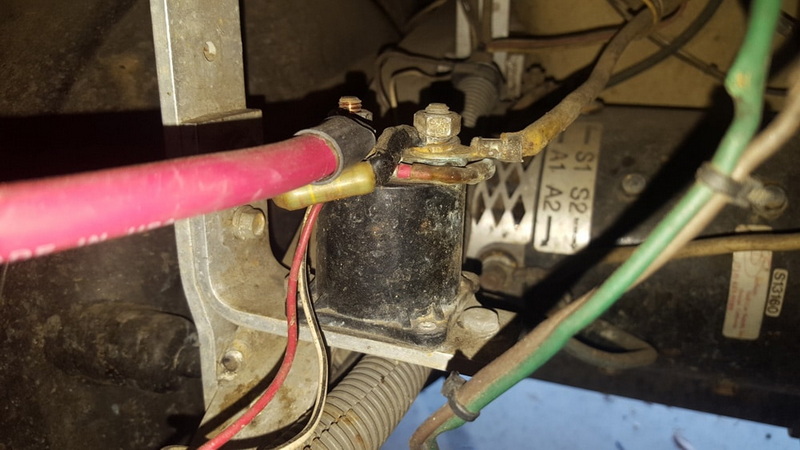
Diagnosing Jerking Issues
To effectively diagnose why your electric golf cart is jerking, follow these steps:
Inspect Battery Voltage:
Check each battery's voltage using a multimeter. Ensure they are fully charged and within acceptable voltage ranges.
Examine Connections:
Look for any loose or corroded connections at battery terminals, solenoids, and wiring harnesses.
Test Speed Controller:
If possible, test the speed controller for functionality using diagnostic tools or by consulting a professional.
Check Motor Brushes:
Inspect motor brushes for wear and replace them if necessary.
Evaluate Tires and Suspension:
Ensure that tires are properly inflated and inspect suspension components for wear or damage.
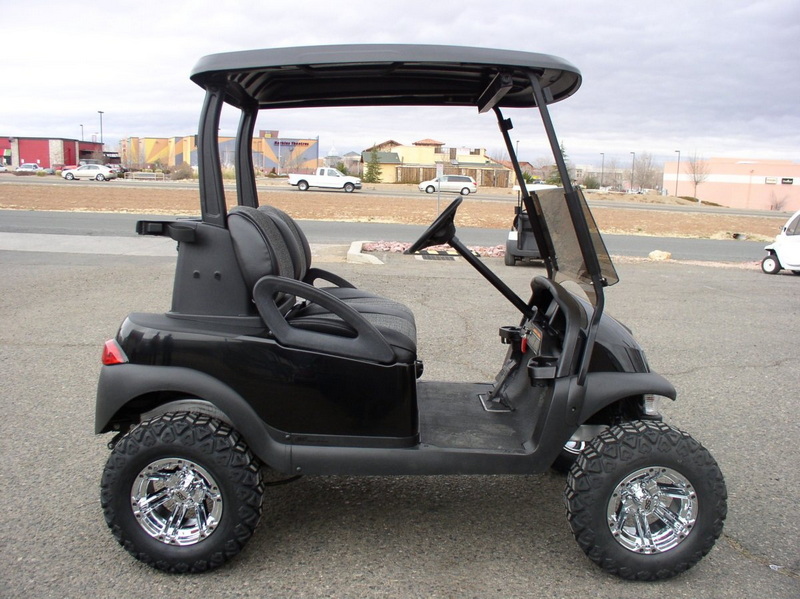
Solutions to Jerking Problems
Battery Maintenance
- Regularly check battery levels and clean terminals to prevent corrosion. Replace old batteries as needed.
Speed Controller Replacement
- If diagnosed as faulty, consider replacing the speed controller with a compatible model designed for your specific golf cart.
Motor Brush Replacement
- If worn out, replace motor brushes with new ones that fit your model specifications.
Repairing Connections
- Tighten loose connections and clean corroded terminals to ensure proper electrical flow.
Tire Replacement
- Replace worn tires and ensure they are inflated to manufacturer specifications.
Solenoid Repair
- Inspect solenoids for damage; replace any faulty units to restore proper function.
Professional Help
- If troubleshooting does not resolve the issue, consider consulting a professional technician who specializes in electric golf carts for further diagnosis and repair.
Conclusion
Understanding what causes an electric golf cart to jerk can help owners maintain their vehicles effectively and ensure smooth operation. Regular maintenance checks on batteries, wiring connections, and mechanical components can prevent many issues associated with jerking motions during operation. By addressing problems early on and seeking professional assistance when necessary, you can enjoy a reliable and comfortable ride in your electric golf cart.
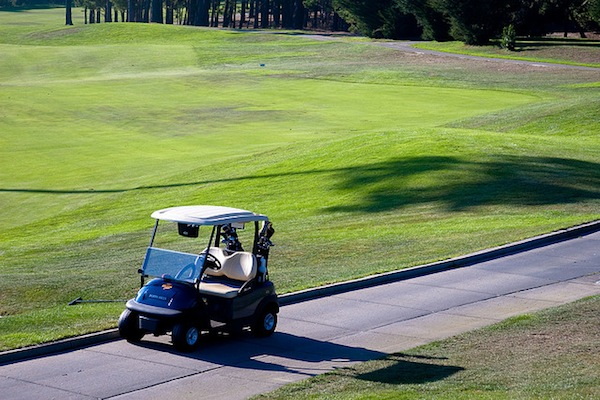
Related Questions
1. What should I do if my electric golf cart won't start?
Check the battery voltage first; ensure it is charged and connections are secure. If problems persist, inspect other components like solenoids and ignition switches.
2. How often should I replace my golf cart batteries?
Typically, golf cart batteries should be replaced every 4-6 years depending on usage and maintenance practices.
3. Can I fix my own electric golf cart?
Yes, many issues can be diagnosed and repaired by owners with basic mechanical skills; however, complex problems may require professional assistance.
4. What are signs of a failing speed controller?
Signs include erratic acceleration, inability to maintain speed, or sudden stops while driving.
5. How do I maintain my electric golf cart?
Regularly check battery levels, clean terminals, inspect tires for wear, ensure proper inflation, and perform routine inspections on all electrical connections.












































